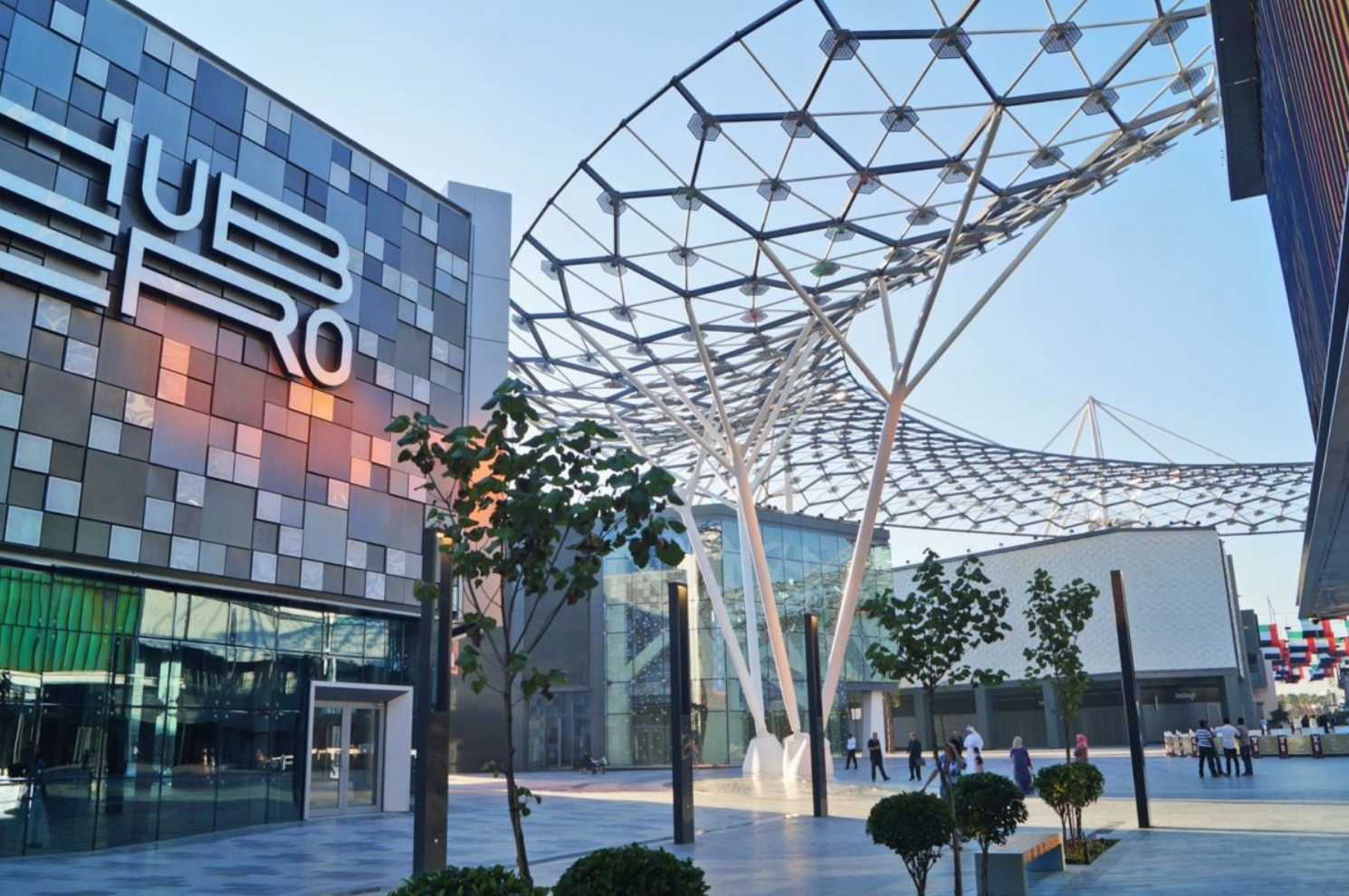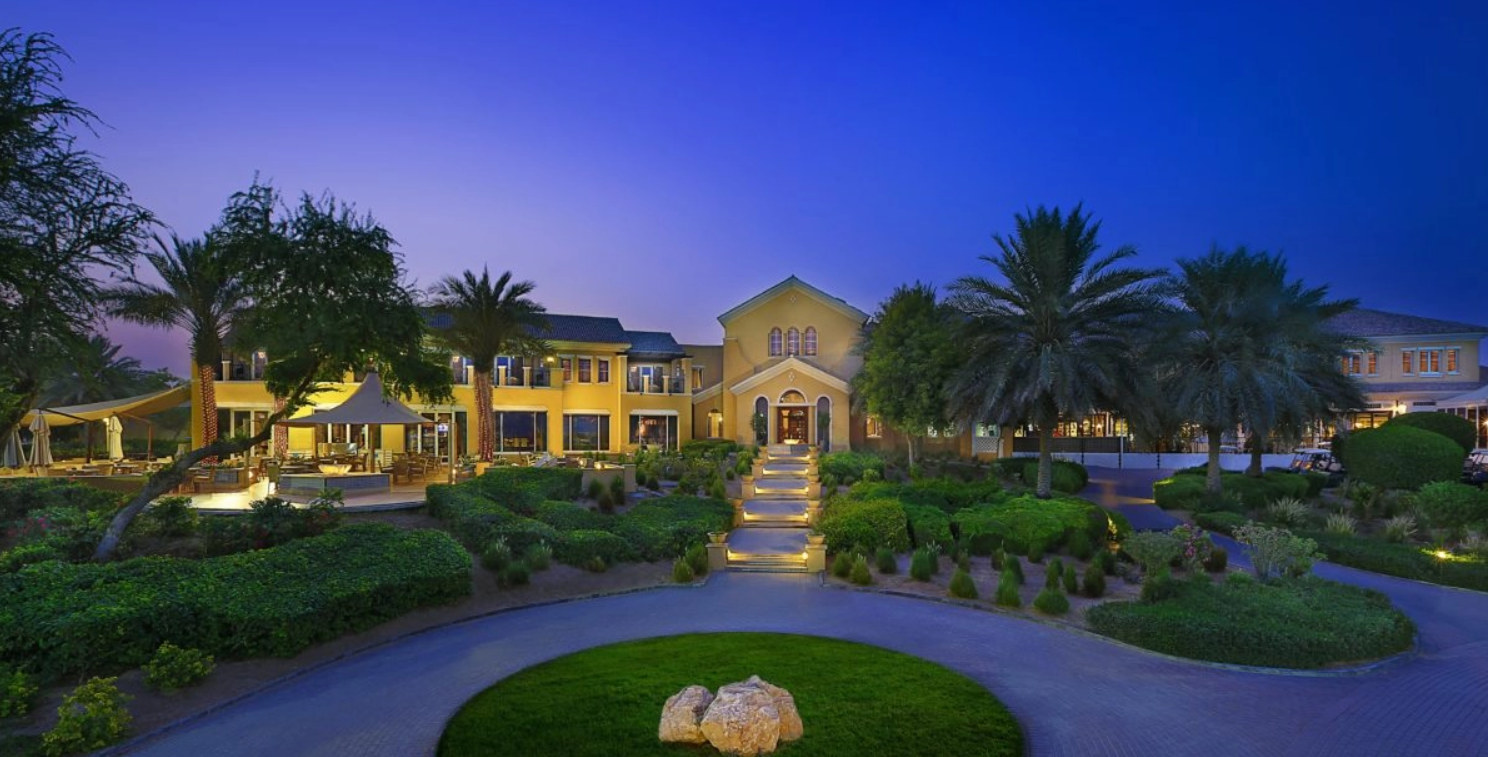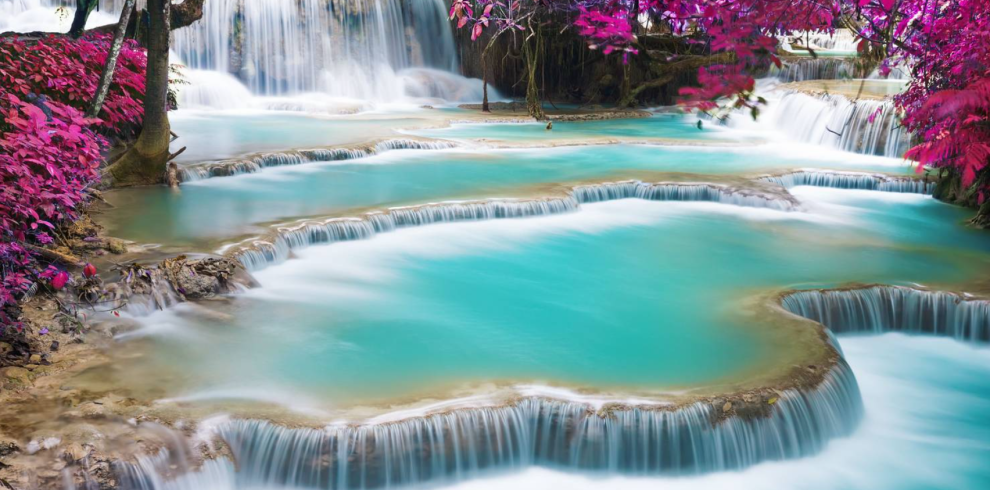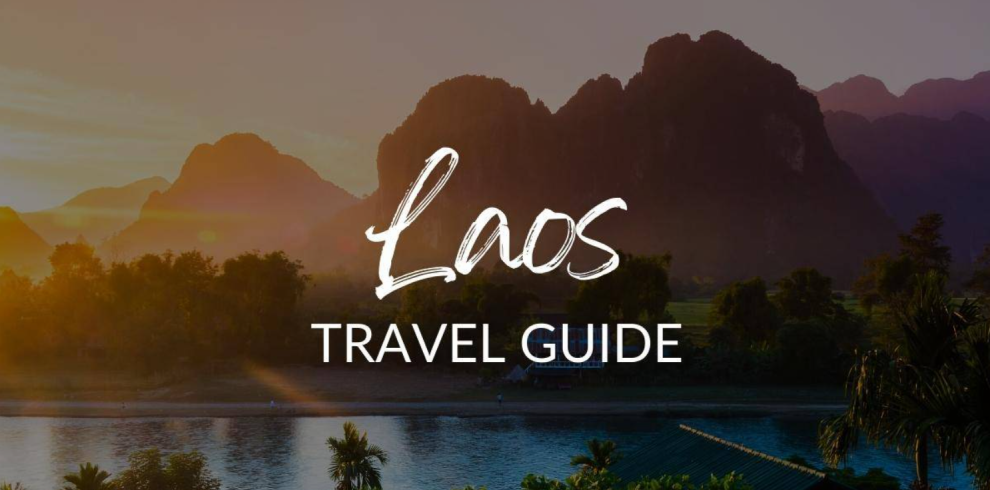It’s time to talk about Cambodia. If it’s not already at the top of your must-visit list then you might have some rearranging to do. Embrace the heart-stealing scenery of this Southeast Asian nation as you roam through lively markets, majestic temples and charismatic towns that seem untouched by modern tourism developments. It’s time to delve a little bit deeper and get acquainted with Cambodia.
The Highlights

Kep
One thing you must do while in the coastal province of Kep: sample it’s famous crab caught daily from the shores and is best served stir-fried and seasoned with local Kampot pepper. With an entire market dedicated the crustacean, you can watch the fisherman wade through the waters daily in search if their haul. Visitors can also make a trip to the butterfly-filled Kep National Park.
Battambang
Filled with French colonial architecture and accompanied by many relaxed riverside cafes, it’s easy to see why travellers are attracted to Battambang. One of the most notable experiences you can enjoy in Battambang is to take a ride on the famous bamboo train where a wooden pole is used as both the brakes and accelerator while reaching surprising speeds of up to 50 kilometres an hour.


Siem Reap
There’s more to Siem Reap than just being the gateway to the Angkor Wat temple. You can spend your time walking around town or ride a bike. Or, you could explore the floating village of Chong Khneas on the largest freshwater lake in Southeast Asia. Then, you can spend your evening at the lively Pub Street and before heading to the surrounding night markets.
Kampot
If Kep is known for its fresh crab and seafood, Kampot is equally as famous for its regionally produced pepper along with its world-class salt. Once you’ve sampled the local pepper and famous salt, nothing compares to relaxing by the mangrove-lined Kampot river with a fresh beverage in your hand to watch the sun dip below the horizon. While you’re there, you can also visit Bokor National Park.


Koh Rong Samloem
If you’re looking peace and quiet with a dose of tranquillity, you must head to Koh Rong Samloem located just 45-minutes by ferry from mainland Sihanoukville. Picture-perfect, white sand beaches are the main drawcard for this tiny island and similar to Koh Phi Phi island in Thailand, there are no cars, no roads and no traffic – making it a true paradise for travellers.
Phnom Penh
Make like a local in the glimmering city of Phnom Penh, the capital of Cambodia. The best way to see the city is to explore on two feet or to cruise through the streets in a cyclo and tick off the Royal Palace, the Silver Pagoda and Wat Prohm. Before the day is out, make sure to watch the sun go down along the riverbank before getting your fill of local treats at the popular night markets.

Contact Klub Advisor for personalised travel offers, dates, prices & payment options. Find out the latest travel requirements for your trip. Send your enquiry via the form below. If you’re club member, click on the icon in the right-hand corner and write to WhatsApp to start a discussion.
When to Visit
Peak Season
NOVEMBER TO FEBRUARY
The high season in Cambodia, from November through February welcome visitors with the appeal of very hot weather (with average highs of 30°C in some parts) however, this is when Cambodia experiences a sharp influx of visitors – especially in Siem Reap and across the main tourist attractions. This is also the time when travellers from the Southern Hemisphere make the most of Christmas holidays or extended school holidays and university breaks, so many backpackers can be found during this time. For this reason, it is suggested that you book in advance as prices will rise, and both Chinese and Vietnamese New Year will fall during this time.Low Season
MAY TO SEPTEMBER
Through the months of May to September, Cambodia is characterized by heavy rain (monsoon season) and a drop in temperature. This may have a small impact on the outdoor activities you wish to partake in, however, if you are travelling on a budget means this is a great time to travel as prices will be lower. The average temperature will still be warm (averaging 22°C in some parts), however, the sunlight will be overshadowed by huge rain clouds. Important festivals include the Royal Ploughing Ceremony and are held to mark the traditional beginning of the rice-growing season along with the Festival of the Dead celebrated in September.











